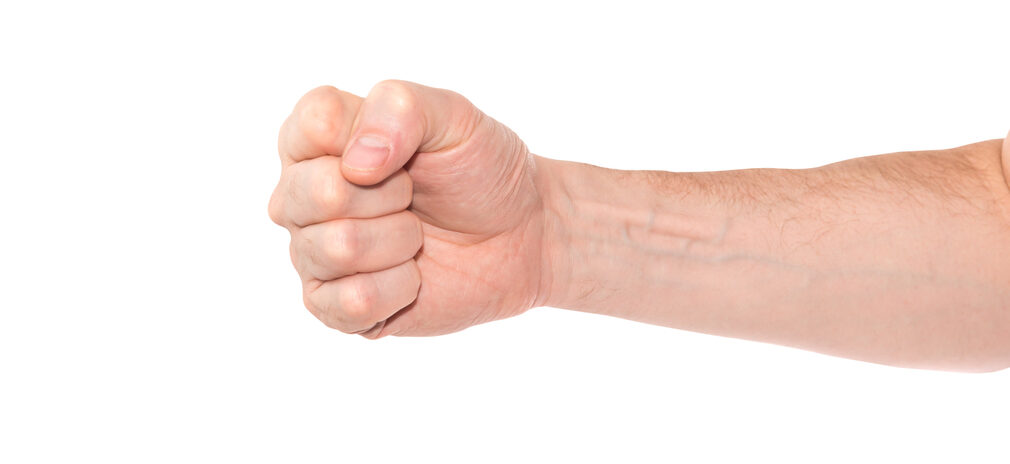
Understanding Assault Offences
There are different types of assault offences, with varying degrees of seriousness. According to The Law Handbook, each category of assault offence attracts its own penalty, depending on the seriousness of the offence. We look at some categories of assault, the definitions and associated penalties.
Common Assault
Common assault is defined under s61 of the Crimes Act (NSW) as being any act that involves “touching another person without his or her consent” or “putting another person in fear for his or her immediate physical safety”. Therefore this type of assault can be said to have occurred without physical contact.
The maximum penalty for common assault is two years imprisonment and/or a fine of $5,500.
Assault Occasioning Actual Bodily Harm
This type of assault is more serious than common assault. Assault occasioning actual bodily harm can be said to occur where the assault results in some sort of injury. Actual bodily harm does not have to be permanent or grievous, but it usually needs to be something more than a trifling injury, for example, a cut, sprain, or fracture.
According to s59 of the Crimes Act (NSW), the term of imprisonment for this type of assault can be as much as five years. There may also be a fine imposed.
Assault Police Officer
This type of assault is considered to be serious as it involves resisting and/or assaulting police officers. The act can include harassment, intimidation, or some other sort of assault.
The maximum term of imprisonment for this type of assault is five years or seven years in cases of bodily harm. If the act occurs during a “public disorder”, the maximum term of imprisonment is also seven years.
Recklessly Cause Grievous Bodily Harm / Reckless Wounding
This is a very serious type of assault, which can attract a prison term of seven years up to a maximum of 14 years. Generally, to be charged with this you’ll need to have inflicted grievous bodily harm to another person. A reckless act needs to be more than carelessness, but it’s less than intentional. Generally, you need to have known or should have known, that the act could result in the harm caused.
Cause Grievous Bodily Harm with Intent / Wounding with Intent
This type of assault is more serious than recklessly causing grievous bodily harm or recklessly wounding. Generally, to be charged with this you’ll need to have had a clear intention to cause harm to another person, and the prosecution needs to prove this intent beyond a reasonable doubt. The maximum penalty is 25 years imprisonment.
Defences to Assault
There are a number of defences to assault, including self-defence, duress, and necessity. Self-defence means you need to have believed the action was required to defend yourself or another person, or if it was necessary to protect property in some way. However, the act must have been reasonable or proportionate to the threat.
Duress is a defence that can be raised if you were forced to commit the act due to the threat of serious harm or death. Necessity is another similar defence that can be raised if you had to perform the act to protect yourself (or another) against serious harm or death.
What to do if You’ve Been Charged with Assault
Legal Aid NSW recommends that you seek professional advice if you’ve received a Court Attendance Notice. It’s a good idea to contact a criminal defence lawyer as soon as possible, as soon as you know you’ve been charged, or even before you’re formally charged.
A criminal lawyer can give you invaluable advice on exploring the different options that may be available to you. You can get help with possible defences, and strategies, that might reduce the charge, or even result in a withdrawal of the charge that has been laid against you. If you are facing assault charges and looking for assault lawyers in Sydney, contact Criminal Lawyers Sydney for expert advice and representation.


